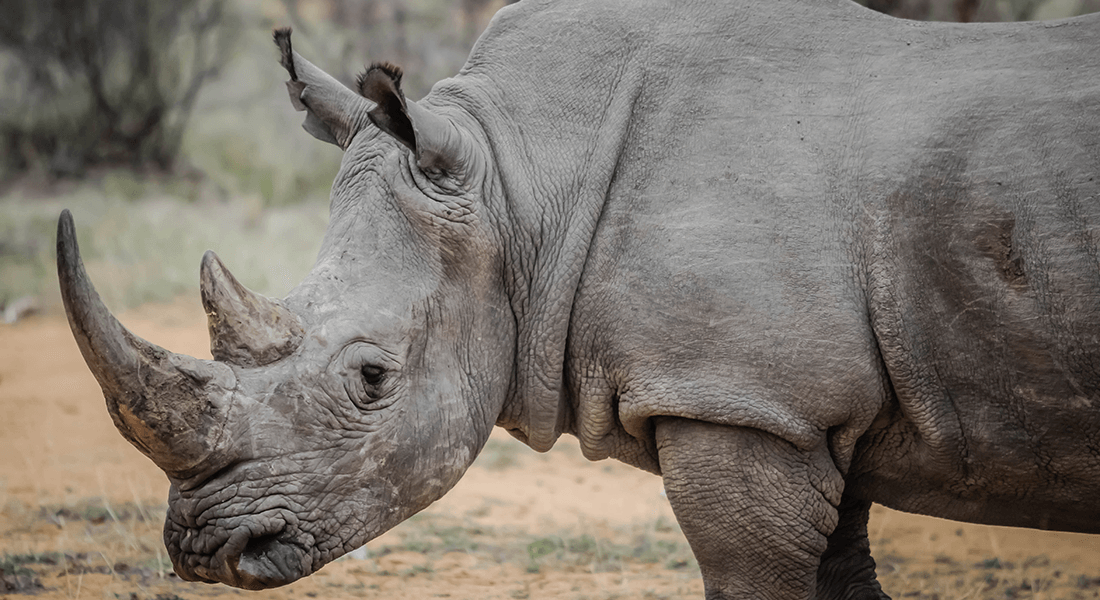David Nogués-Bravo
Professor
Extinction

What is Extinction?
In biology, extinction refers to the dying out or extermination of a species. Extinction occurs when species are diminished because of environmental forces such as loss of habitat, global change, overexploitation of species or because of evolutionary changes. Thousands of species and ecosystems are increasingly exposed to global change, jeopardizing their ability to sustain functions and support human well-being.
We explore the processes triggering declines of species and of biological diversity since the Late Pleistocene to the Anthropocene across large-scale environmental and anthropic gradients. We translate this knowledge into predictions of future changes in biological diversity to provide state-of-the art scenarios for policy-making.
Our overall research questions
By generating primary level field data and use large already available datasets on distributions, phylogenies and traits, we will address the fundamental questions:
- Why do species decline and go extinct under climate and land-use change?
- How, when and where is global change eroding biodiversity?
Methods and technologies
Process-based models, remote-sensing, population genomics, and artificial intelligence (AI) are some of the methods used in our research within extinction.
Research projects
Some of our research projects within the theme of Extinctions are described below.
What can the past tell us about the mechanisms triggering extinctions, and what makes species winners or losers under global change? Those are some of the questions we seek to answer.
Pleistocene extinctions and human macroecology
What can the past tell us about the mechanisms triggering extinctions and what makes species winners or losers under global change? We explore the niche dynamics and trigger mechanisms that allowed Homo sapiens to spread around the planet during the Late Quaternary by unifying macroecology, community ecology, paleoecology and paleoclimatology. We also explore how past climate change and humans can explain past extinction events, from local extirpations to global extinctions.
Contact
Professor David Nogués-Bravo
Professor Carsten Rahbek
We predict the risks of future extinctions due to climate change across thousands of species.
Climatic changes and extinction risk
Several research projects are exploring the contributions of climatic changes to extinction risk. This includes abrupt climate change, traits and trophic position on species and population responses across the Late Quaternary. We integrate ancient genetics, fossil record and macroecological simulations.
Contact
Professor David Nogués-Bravo
Professor Miguel B. Araújo
Professor Carsten Rahbek
We explore where on our planet there is a larger genetic potential to adapt to global changes.
Future of genetic diversity
We aim to reconstruct global Late Pleistocene genetic dynamics across hundreds of species, and evaluate the amount of genetic diversity expose. This information will be used to predict how the distribution of genetic diversity could evolve in face of climate change.
Contact
Professor David Nogués-Bravo
Ecological communities in space and time
In this project we integrate phylogeography, which detects past shifts in species’ geographic ranges and population size, with other ecological and evolutionary methods to provide insights into roles of history, environment and dispersal limitation in determining community composition.
Contact
Professor David Nogués-Bravo
Professor Carsten Rahbek
Researchers
SENIOR SCIENTISTS
Highlighted papers
Miraldo, A., Li, S., Borregaard, M. K., Flórez-Rodríguez, F., Gopalakrishnan, S., Rizvanovic, M., Wang, Z., Rahbek, C., Marske, K. A., Nogués-Bravo, D. 2016. "An Anthropocene map of genetic diversity". Science 353 (6307). Download.
Nogués-Bravo, D. 2016. "The human seizure of planet Earth". Current Biology 26 (18). Download.
Nogués-Bravo, D., Simberloff, D., Rahbek, C. and Sanders, N. J. 2016. "Rewilding is the new Pandora’s box in conservation". Current Biology 26 (3). Download.
Saltré, F., Rodríguez-Rey, M., Brook, B. W., Johnson, C. N., Turney, C. S. M., Alroy, J. et al. 2016. "Climate change not to blame for late Quaternary megafauna extinctions in Australia". Nature Communications 7:1055. Download.
Blonder, B., Nogués-Bravo, D., Borregaard, M., Donoghue II, J., Jørgensen, P., Kraft, N., Lessard, J.-P., Morueta-Holme, N., Sandel, B., Svenning, J.C., Violle, C., Rahbek, C. and Enquist, B. 2015. "Linking environmental filtering and disequilibrium to biogeography with a community climate framework". Ecology 96. Download.
Fordham, D. A., Brook, B. W., Moritz, C. and Nogués-Bravo, D. 2014. "Better forecasts of range dynamics using genetic data". Trends Ecol Evol 29. Download.

